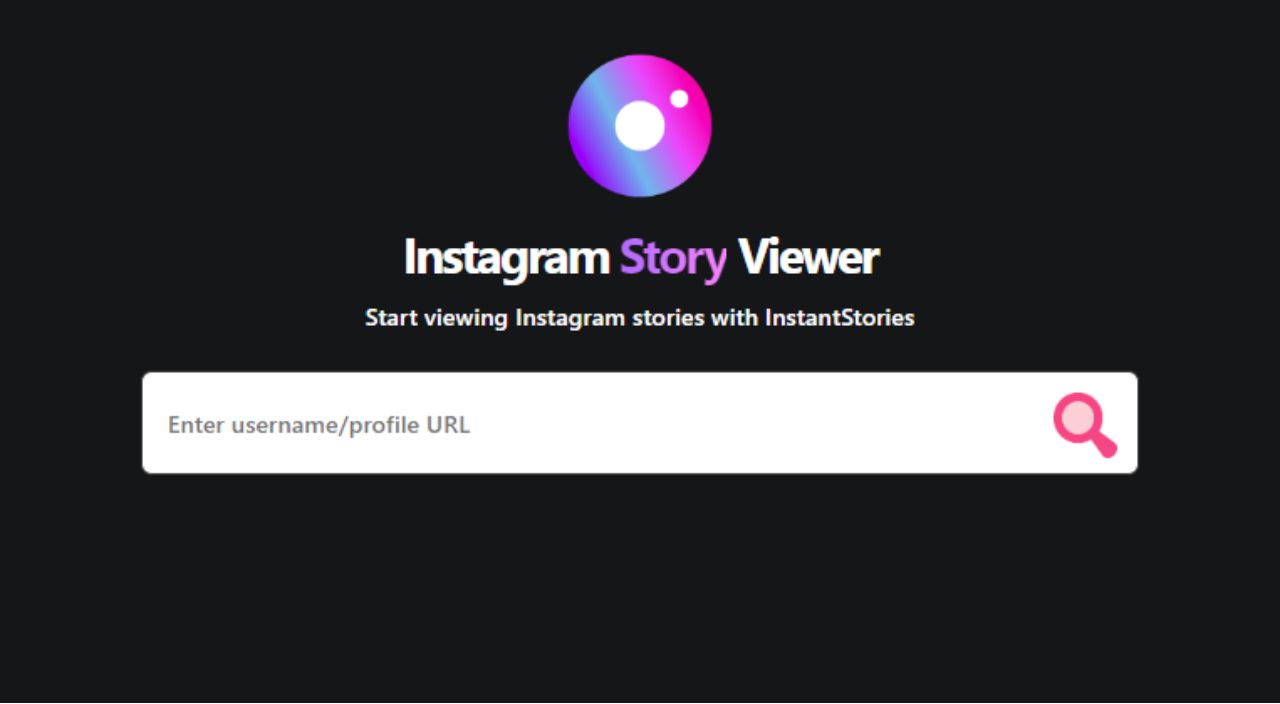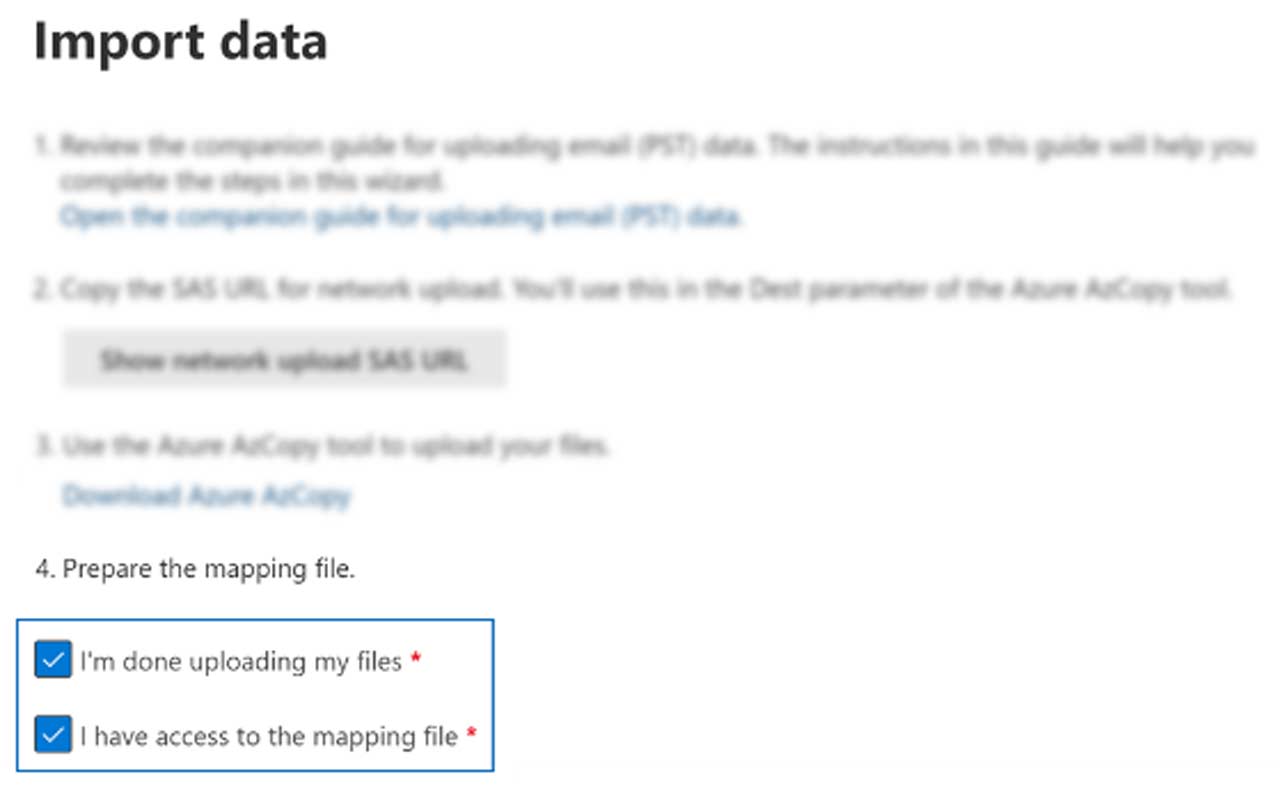Best 15 Agile Project Management Tools for Your Success
Navigating the Agile Landscape with the Best Project Management Tools

In the dynamic landscape of modern project management, the adoption of Agile methodologies has surged, revolutionizing the way teams approach tasks, collaborate, and deliver results. This blog post aims to be your compass in the expansive sea of Agile Project Management tools, providing a detailed exploration of the 15 best options for ensuring project success.
Agile Project Management has witnessed a remarkable ascent, becoming synonymous with adaptability, efficiency, and collaboration. As teams increasingly embrace this flexible methodology, the role of effective tools becomes pivotal in navigating the complexities of Agile workflows.
In this high-speed climate, the significance of picking the right Light-footed Venture The executive’s apparatuses couldn’t be more significant. These apparatuses are not simply facilitators; they are the main thrust behind smoothed-out processes, improved coordinated effort, and, eventually, project achievement.
Join us on this journey as we delve into the intricacies of the 15 Best Agile Project Management Tools, unraveling the key features, benefits, and considerations that will empower your team to master the art of agility.
Why Agile Project Management?
Why has Agile Project Management become the cornerstone of contemporary project methodologies? In navigating the ever-evolving landscape of project execution, the Agile approach has emerged as a transformative force, propelling teams towards heightened efficiency and adaptability.
This section delves into the core of “Why Agile Project Management?” elucidating the fundamental principles and advantages that make it a preferred choice for teams across diverse industries.
Agile Methodology Overview:
Agile Project Management is more than just a methodology; it’s a mindset that champions flexibility, collaboration, and iterative progress. Unlike traditional project management methods that follow a linear approach, Agile embraces an incremental and adaptive process.
It divides projects into small, manageable units, known as iterations or sprints, fostering continuous development and improvement. Lithe’s solidarity lies in its capacity to answer changes in prerequisites, empowering groups to convey an item or task steadily, with every cycle expanding upon the past one.
This iterative methodology improves versatility and advances customary input circles, guaranteeing that the final product adjusts flawlessly to developing partner needs.
Benefits of Agile Project Management:
The benefits of adopting Agile Project Management are multifaceted, resonating across project teams, stakeholders, and end-users alike.
One of its primary advantages is enhanced flexibility. Agile’s iterative nature allows teams to respond promptly to changing requirements, reducing the risk of project derailment due to unforeseen shifts.
Moreover, Agile promotes collaboration and communication, breaking down silos and fostering a sense of collective ownership among team members. This methodology thrives on customer feedback, ensuring that the end product not only meets but often exceeds expectations.
The emphasis on regular releases also means that stakeholders can witness tangible progress at shorter intervals, leading to increased project transparency and client satisfaction. Ultimately, Agile Project Management stands as a beacon for efficiency, adaptability, and client-focused delivery in the ever-evolving landscape of project execution.
Read Also: Key Factors That Lead to IT Project Failures
Criteria for Selecting Agile Project Management Tools
In the dynamic realm of Agile Project Management, the selection of the right tools is a critical determinant of a team’s success. The right Agile Project Management tools not only streamline workflows but also amplify collaboration and adaptability.
In this section, we unravel the essential criteria that should guide your selection process, ensuring that the tools chosen align seamlessly with the principles and needs of Agile methodologies.
From user-friendly interfaces to robust collaboration features, integration capabilities, and customization options, each criterion plays a pivotal role in maximizing the efficacy of Agile Project Management tools.
User-Friendly Interface:
A user-friendly interface stands as the linchpin in the selection of Agile Project Management tools. In the fast-paced environment of project execution, tools that are intuitive and easy to navigate become catalysts for enhanced productivity.
Teams can seamlessly adopt and integrate these tools into their workflows, minimizing the learning curve and optimizing the utilization of features.
A user-friendly interface fosters inclusivity, ensuring that team members, regardless of their technical expertise, can actively engage with the Agile Project Management tool.
Clarity and simplicity in design not only contribute to a positive user experience but also promote efficiency and collaboration among team members.
Collaboration Features:
Agile methodologies thrive on collaboration, and the chosen project management tools must be equipped with robust features that facilitate seamless communication and teamwork.
Collaboration features encompass real-time communication channels, task assignment capabilities, and shared workspaces. These features enable team members to collaborate effectively, exchange ideas, and stay updated on project progress.
A well-integrated chat system, collaborative document editing, and the ability to tag team members in discussions are essential components that elevate the collaborative potential of Agile Project Management tools.
The emphasis here is on creating an environment where collaboration becomes second nature, fostering a collective sense of ownership and shared responsibility for project success.
Integration Capabilities:
The adaptability of Agile Project Management tools relies on their integration capabilities with other essential tools in a team’s tech stack. Seamless integration with communication tools, version control systems, and testing frameworks enhances the overall efficiency of project workflows.
When selecting Agile Project Management tools, it’s crucial to assess their compatibility with existing tools and the ease with which they can be integrated into the team’s ecosystem.
Integration capabilities not only save time by reducing manual data transfer but also contribute to a holistic view of the project, allowing teams to make informed decisions based on real-time data from various sources.
Customization Options:
Agile projects vary widely in their scope, requirements, and team structures. A one-size-fits-all approach may not get the job done in the different Nimble Venture The board scene. Subsequently, the capacity to modify the device to line up with the particular necessities of an undertaking or group is fundamental.
Customization options should include the flexibility to define workflows, create custom fields, and tailor the tool’s interface to match the unique processes of the team.
This adaptability ensures that the chosen Agile Project Management tool evolves alongside the project, accommodating changes in requirements and methodologies without compromising on efficiency.
The goal is to empower teams to mold the tool according to their workflow, rather than adjusting their workflow to fit the constraints of the tool.
Top 15 Agile Project Management Tools
Embarking on a journey toward unparalleled project management agility requires the right tools that seamlessly align with the principles of Agile Project Management. In this comprehensive exploration, we unveil the top 15 Agile Project Management tools that stand as beacons of efficiency, collaboration, and adaptability.
From industry giants to innovative newcomers, each tool has been meticulously selected to cater to the diverse needs of project teams navigating the dynamic landscape of Agile methodologies.
Join us on this tour de force through the realms of Jira, Trello, Asana, Monday.com, VersionOne, Targetprocess, ClickUp, Wrike, Clubhouse, ZenHub, Scoro, Agile Bench, Taiga, Axosoft, and Yodiz, as we delve into their unique overviews, key features, and pricing plans to help you make an informed choice in mastering the art of Agile Project Management.
Jira
Jira, an undisputed leader in the realm of Agile Project Management, is an Atlassian product designed to empower teams with flexibility and collaboration. Renowned for its adaptability to various Agile methodologies, Jira serves as a comprehensive solution for project tracking, issue management, and seamless collaboration.
Key Features:
- Customizable Workflows: Tailor Jira to match your team’s unique processes.
- Backlog Prioritization: Efficiently manage and prioritize tasks in the backlog.
- Real-time Collaboration: Foster teamwork with real-time communication and updates.
- Advanced Reporting: Gain insights into project progress with robust reporting features.
Pricing Plans:
Jira offers a flexible pricing structure, including options such as Jira Software, Jira Service Management, and Jira Core, catering to the specific needs of software development, service management, and business teams. Pricing is tiered based on the number of users, with additional features available in higher-tier plans.
Trello
Trello, renowned for its simplicity and visual appeal, is a project management tool that employs boards, lists, and cards to facilitate collaboration. With an intuitive interface, Trello is designed to enhance team communication and task management seamlessly.
Key Features:
- Board-Based Organization: Visualize project progress through boards, lists, and cards.
- Drag-and-Drop Interface: Streamline task management with a user-friendly interface.
- Collaboration in Real-Time: Enable team members to collaborate in real-time.
- Power-Ups: Extend Trello’s functionality with customizable Power-Ups.
Pricing Plans:
Trello offers a free plan with essential features, while its premium plans (Trello Standard and Trello Premium) provide additional capabilities, including increased automation, larger file attachments, and priority customer support.
Asana
Asana stands as a versatile Agile Project Management tool, offering a platform that integrates task management, project planning, and team collaboration. Its user-friendly interface makes it a popular choice for teams of all sizes and industries.
Key Features:
- Task and Project Tracking: Keep projects organized with tasks, milestones, and timelines.
- Team Collaboration: Foster collaboration with real-time updates and communication.
- Customizable Workspaces: Tailor workspaces to match different projects and team structures.
- Reporting and Analytics: Gain insights into project progress and team performance.
Pricing Plans:
Asana provides a free basic plan with core features, while its premium plans (Asana Premium and Asana Business) offer advanced functionalities such as timeline views, workload management, and reporting tools, with pricing based on the number of users.
Monday.com
Monday.com redefines project management with its visually intuitive platform that emphasizes flexibility and collaboration. With a focus on customization and adaptability, Monday.com empowers teams to design workflows that suit their unique needs.
Key Features:
- Customizable Workflows: Design workflows tailored to your team’s processes.
- Visual Project Tracking: Monitor project progress through visually appealing boards.
- Collaboration Features: Foster teamwork with real-time updates and communication.
- Integration Hub: Seamlessly integrate Monday.com with a variety of third-party tools.
Pricing Plans:
Monday.com offers a straightforward pricing structure based on the number of users, with different plans catering to specific needs. The plans include Basic, Standard, Pro, and Enterprise, each unlocking additional features and customization options.
VersionOne
VersionOne is a comprehensive Agile Project Management tool designed to support organizations in scaling Agile methodologies. With features that cater to both small teams and large enterprises, VersionOne facilitates end-to-end visibility and collaboration.
Key Features:
- Enterprise Agility: Scale Agile methodologies to meet the needs of large organizations.
- Backlog Management: Prioritize and manage work efficiently through the backlog.
- Release Planning: Plan and track releases with a focus on visibility and collaboration.
- Analytics and Reporting: Gain insights into team performance and project progress.
Pricing Plans:
VersionOne provides tailored solutions for various business needs, and pricing is available upon request. The platform caters to both small teams and large enterprises, with customizable features based on organizational requirements.
Targetprocess
Targetprocess is an Agile Project Management tool that goes beyond traditional project management, offering a visual and flexible platform for teams embracing Agile methodologies. With its emphasis on adaptability, Targetprocess supports a wide range of Agile frameworks.
Key Features:
- Visual Work Management: Track and manage work visually through customizable views.
- Backlog Prioritization: Efficiently manage and prioritize tasks in the backlog.
- Advanced Reporting: Gain insights into project progress with powerful reporting features.
- Customizable Views: Tailor views to match different teams and project needs.
Pricing Plans:
Targetprocess provides transparent pricing based on the number of users and the desired features. It offers different plans, including Essential, Professional, and Enterprise, each unlocking a range of functionalities.
ClickUp
ClickUp stands as a versatile Agile Project Management tool, offering a comprehensive solution for task management, collaboration, and productivity. With a focus on customization and user-friendly features, ClickUp caters to diverse teams and project needs.
Key Features:
- Customizable Workspaces: Tailor workspaces to match different projects and team structures.
- Task and Project Management: Streamline tasks, projects, and goals within a centralized platform.
- Time Tracking: Monitor and analyze time spent on tasks for enhanced productivity.
- Collaboration Hub: Facilitate team communication and collaboration with built-in features.
Pricing Plans:
ClickUp offers a free plan with essential features, while its premium plans (ClickUp Unlimited and ClickUp Business) provide additional functionalities, including unlimited storage, integrations, and advanced reporting.
Wrike
Wrike is a robust Agile Project Management tool designed to streamline collaboration, project planning, and workflow optimization. With features that cater to both project managers and team members, Wrike enhances productivity and project transparency.
Key Features:
- Dynamic Gantt Charts: Visualize project timelines and dependencies with interactive Gantt charts.
- Task and Project Management: Streamline task assignments, tracking, and collaboration.
- Customizable Dashboards: Create personalized dashboards for real-time project monitoring.
- Automation and Integrations: Enhance efficiency with workflow automation and seamless integrations.
Pricing Plans:
Wrike offers different pricing plans, including Free, Professional, Business, and Enterprise, catering to the needs of various teams. The plans provide varying levels of features, customization options, and storage capacities.
Clubhouse
Clubhouse is an Agile Project Management tool designed to simplify project planning, tracking, and collaboration. With an emphasis on flexibility and ease of use, Clubhouse offers a streamlined platform for teams adopting Agile methodologies.
Key Features:
- Story Mapping: Plan and prioritize work through visual story mapping.
- Iterative Planning: Embrace iterative planning with sprints and backlog prioritization.
- Team Collaboration: Foster collaboration through discussions, comments, and notifications.
- Reporting and Analytics: Gain insights into team performance and project progress.
Pricing Plans:
Clubhouse provides straightforward pricing based on the number of users, offering a free plan with essential features and premium plans (Clubhouse Standard and Clubhouse Plus) with additional functionalities, including reporting and advanced workflows.
ZenHub
ZenHub integrates seamlessly with GitHub, making it a powerful Agile Project Management tool for development teams. With a focus on enhancing project visibility and collaboration within the GitHub environment, ZenHub facilitates efficient development workflows.
Key Features:
- GitHub Integration: Extend GitHub functionality with ZenHub’s Agile Project Management features.
- Real-Time Collaboration: Enable team members to collaborate within the GitHub environment.
- Release Planning: Plan and track releases directly within the GitHub repository.
- Burndown Charts: Monitor project progress and team performance through insightful burndown charts.
Pricing Plans:
ZenHub offers different pricing plans, including Free, Team, and Business, catering to the needs of various development teams. The plans provide varying levels of features, including release planning, reporting, and priority support.
Scoro
Scoro is a comprehensive business management solution that includes Agile Project Management capabilities. Aimed at providing end-to-end control over projects, Scoro integrates project management, collaboration, and financial management into a unified platform.
Key Features:
- Project Planning and Tracking: Efficiently plan, track, and manage projects within a centralized platform.
- Resource Scheduling: Optimize resource allocation and team collaboration with scheduling features.
- Financial Management: Integrate project management with financial tracking for comprehensive control.
- Reporting and Analytics: Gain insights into project profitability and team performance through robust reporting.
Pricing Plans:
Scoro’s pricing is tailored to the specific needs of businesses, and plans are available based on the desired features and the number of users. The platform offers flexibility and scalability for different business sizes.
Agile Bench
Agile Bench is an Agile Project Management tool designed to simplify project planning, tracking, and collaboration. With a user-friendly interface and features tailored for Agile methodologies, Agile Bench provides a streamlined platform for teams seeking efficiency.
Key Features:
- Scrum and Kanban Boards: Optimize project workflows with Scrum and Kanban boards.
- Sprint Planning: Plan and execute sprints seamlessly with Agile Bench’s planning features.
- Collaboration Hub: Facilitate communication and collaboration with built-in team features.
- Reporting and Metrics: Gain insights into team performance and project progress through reports.
Pricing Plans:
Agile Bench offers a straightforward pricing structure based on the number of users, providing essential features for efficient Agile Project Management. The stage is intended to take care of the requirements of small to medium-sized groups.
Taiga
Taiga is an open-source Dexterous Task The executive’s instrument is intended to give an adaptable and cooperative climate for project groups. With a focus on simplicity and adaptability, Taiga supports Scrum and Kanban methodologies.
Key Features:
- User-Friendly Interface: Navigate and use Taiga effortlessly with its intuitive and clean interface.
- Backlog Prioritization: Efficiently manage and prioritize tasks with a visual backlog.
- Sprint Planning: Plan and execute sprints seamlessly within the Taiga platform.
- Integration Capabilities: Integrate Taiga with various third-party tools to enhance workflow.
Pricing Plans:
Taiga offers a free plan with essential features for small teams. In contrast, its premium plans (Taiga Free, Taiga Premium, and Taiga Enterprise) provide additional functionalities, including advanced reporting and customization options.
Axosoft
Axosoft is an Agile Project Management tool designed to streamline development workflows and enhance collaboration. With features tailored for software development teams, Axosoft provides a centralized platform for project planning and tracking.
Key Features:
- Release Planning: Plan and track releases with a focus on visibility and collaboration.
- Scrum Boards: Optimize Agile workflows with customizable Scrum boards.
- Bug and Issue Tracking: Streamline issue management and bug tracking within the platform.
- Reporting and Analytics: Gain insights into project progress and team performance through reports.
Pricing Plans:
Axosoft offers flexible pricing based on the number of users, with different plans catering to the needs of various teams. The plans include Basic, Pro, and Enterprise, each unlocking additional features and customization options.
Yodiz
Yodiz is an Agile Project Management tool designed to cater to the needs of both small teams and large enterprises. With a focus on collaboration, Yodiz provides a comprehensive platform for project planning, tracking, and reporting.
Key Features:
- Backlog Management: Prioritize and manage work efficiently through the backlog.
- Sprint Planning: Plan and execute sprints seamlessly with Yodiz’s planning features.
- Collaboration Hub: Facilitate communication and collaboration with built-in team features.
- Reporting and Metrics: Gain insights into team performance and project progress through reports.
Pricing Plans:
Yodiz offers flexible pricing based on the number of users, with different plans catering to the needs of various teams. The plans include Essentials, Professional, and Enterprise, each providing varying levels of features and customization options.
How to Choose the Right Tool for Your Team
Choosing the Ideal Light-footed Task The executive instrument for your group is a crucial choice that can fundamentally influence project results. In the vast landscape of project management solutions, understanding how to choose the right tool becomes imperative. This section serves as a compass, guiding you through the essential considerations in navigating this decision-making process.
From assessing your team’s unique needs to conducting effective trial periods and evaluating scalability, each step plays a crucial role in aligning your team with a tool that not only embraces the principles of Agile Project Management but also enhances your team’s efficiency, collaboration, and adaptability.
Assessing Team Needs:
The most vital phase in picking the right Nimble Task The executive’s device is a careful evaluation of your group’s particular requirements and work processes.
Grasp the complexities of your undertakings, the correspondence inclinations of colleagues, and the special difficulties your group faces. Consider factors, for example, project intricacy, group size, and the recurrence of changes in project prerequisites.
This appraisal guarantees that the picked device isn’t just viable with your group’s ongoing practices yet in addition sufficiently versatile to oblige future development and changes in project elements.
Trial Period Considerations:
Before committing to a long-term partnership with an Agile Project Management tool, it’s crucial to engage in a trial period.
Most reputable tools offer free trials, allowing your team to experience the platform’s features and functionalities firsthand. During this trial, actively involve team members in using the tool for real projects or scenarios. Assess the ease of use, collaboration features, and the tool’s alignment with your Agile methodologies.
Pay attention to how well the tool integrates into your existing workflows and whether it addresses the pain points identified during the team needs assessment. The trial period serves as a valuable testing ground to ensure that the chosen tool not only meets but exceeds your team’s expectations.
Scalability:
As your team grows and project complexities evolve, the chosen Agile Project Management tool must scale seamlessly to accommodate these changes.
Versatility includes the apparatus’ capacity to deal with a rising number of clients, tasks, and information without compromising execution or client experience.
Think about the adaptability of the instrument’s highlights, the accessibility of cutting-edge functionalities for bigger groups, and the potential for joining with different devices as your requirements develop.
A device that scales successfully guarantees that your group can keep up with a similar degree of productivity and cooperation, whether you’re a little startup or a huge endeavor. Scalability is not just about accommodating growth but also adapting to the dynamic nature of Agile project environments.
In navigating the process of choosing the right Agile Project Management tool, a thoughtful and systematic approach ensures that your team’s unique requirements are met. By assessing team needs, conducting thorough trial periods, and prioritizing scalability, you set the foundation for a successful partnership with a tool that enhances your team’s agility and project management capabilities.
Conclusion
In conclusion, as we conclude our exploration of the 15 Best Agile Project Management Tools, it’s evident that the journey toward project management agility is well-supported by a diverse array of powerful solutions.
The recap of these tools, ranging from industry giants like Jira and Trello to innovative platforms like ClickUp and Yodiz, highlights the wealth of options available for teams seeking efficiency, collaboration, and adaptability.
Achieving success in Agile Project Management requires not only the right tools but also a mindset that embraces flexibility and continuous improvement.
As you leave on your Spry excursion, think about the one-of-a-kind elements and qualities of each instrument, guaranteeing a consistent arrangement with your group’s necessities and techniques.
In the unique scene of undertaking the board, dexterity is the way to beat difficulties and convey outstanding outcomes.
We welcome you to share your considerations in the remarks segment below, furnishing criticism on your encounters with Deft Venture The executive’s devices and imparting this significant data to your companions and associates.








